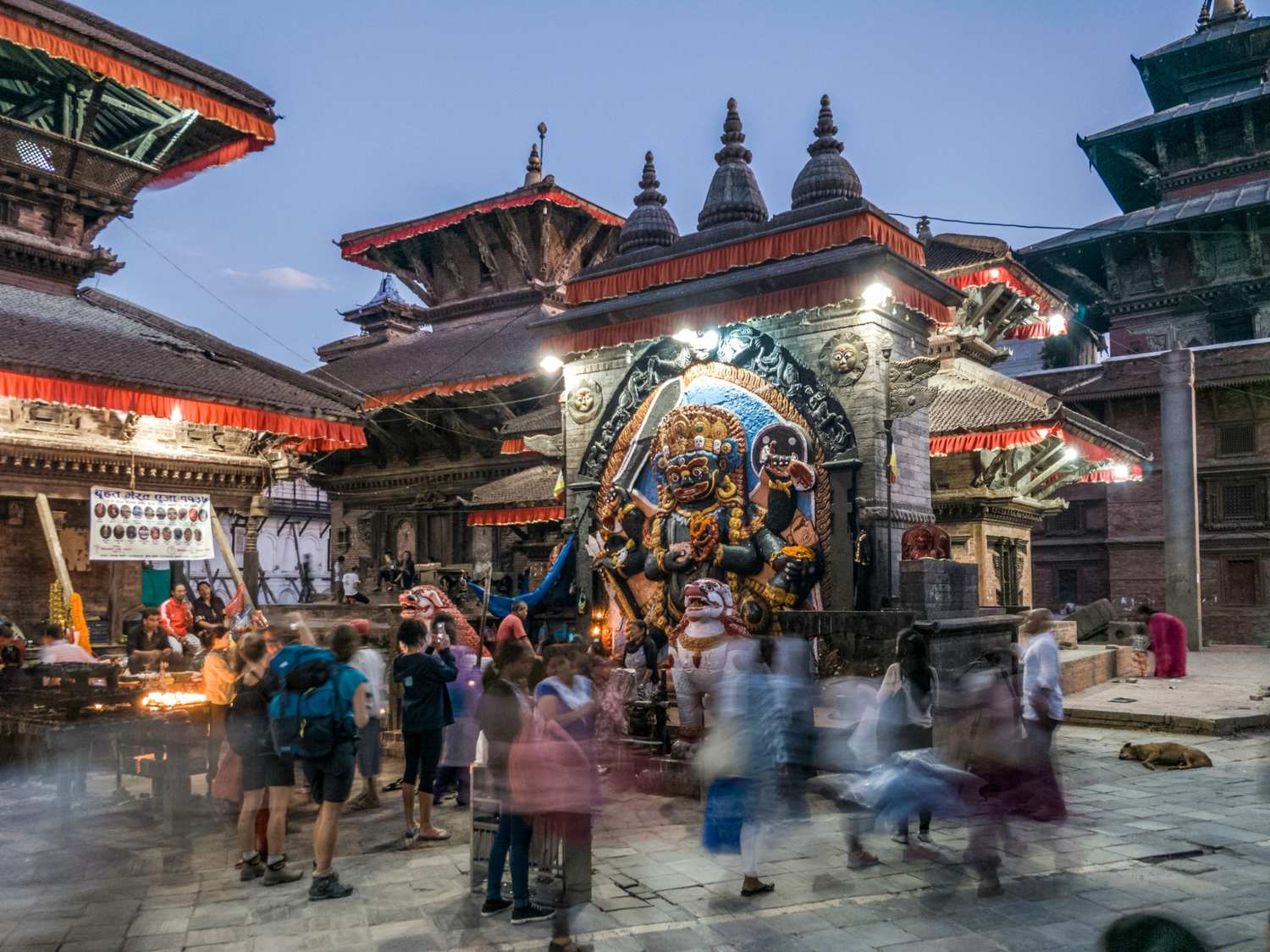When most people think of Nepal, the first image that comes to mind is the towering Mount Everest. While it’s true that Nepal is home to the world’s highest peak, this small Himalayan nation is far more than just mountains. Nepal is a living museum of history, culture, languages, and traditions that have survived for thousands of years.
A Country Older Than You Think
Did you know Nepal is one of the world’s oldest nations, with roots stretching back more than 2,500 years? Unlike many other countries, Nepal has never been fully colonized. Its history is shaped by ancient dynasties, legendary kings, and vibrant trade routes that once connected Tibet, India, and beyond. Each city, from Kathmandu to Bhaktapur and Patan, carries centuries of stories carved into its temples, palaces, and squares.
The People of Nepal
One of Nepal’s greatest treasures is its people. With over 125 ethnic groups and 120 languages spoken, Nepal is a mosaic of cultures living side by side. The Newars of the Kathmandu Valley, the Gurungs of the hills, the Sherpas of the mountains, and many more communities make Nepal incredibly diverse.
Despite their differences, what unites Nepalis is their warmth, hospitality, and pride in their identity. Travelers often leave Nepal with more than just memories of the landscapes—they carry the kindness of its people in their hearts.
Languages of Nepal
While Nepali is the official language, the country echoes with a symphony of tongues, from Maithili and Bhojpuri in the south to Tamang, Sherpa, and Tharu in other regions. Each language carries centuries of oral traditions, folk tales, and songs, making Nepal not just multilingual, but multicultural at its core.
A Spiritual Land
Nepal is a deeply spiritual place, where Hinduism and Buddhism blend seamlessly into daily life. The sound of temple bells, the scent of incense, and the sight of prayer flags fluttering in the wind are part of everyday scenes.
Nepal is also the birthplace of Lord Buddha, born in Lumbini more than 2,600 years ago. Pilgrims from around the world still visit this sacred site, making it one of the most important spiritual destinations globally.
The Heartbeat of Culture – Festivals and Traditions
If you want to experience Nepal’s soul, join a festival. From the vibrant colors of Holi, the lights of Tihar, the cultural richness of Indra Jatra, to the long family gatherings of Dashain, Nepal’s festivals reflect its deep-rooted traditions and joyous spirit. These celebrations are more than rituals—they are moments where history, belief, and community come alive.
The Land of Adventure
Of course, no talk about Nepal is complete without mentioning its natural beauty. Eight of the world’s 14 highest peaks are here, including Mount Everest (8,848m). But beyond trekking, Nepal offers rafting, paragliding, jungle safaris, and cultural tours that show the country’s true diversity. Whether you’re in the Himalayas, the lush Terai plains, or the bustling Kathmandu Valley, Nepal’s landscapes are breathtaking at every turn.
Who Is a Nepali?
To be Nepali is to be part of a nation that celebrates diversity while standing strong in unity. Citizens of Nepal are not defined by a single ethnicity, language, or religion but by a shared love for their homeland and heritage. A Nepali can be a farmer in the hills, a monk in a monastery, a craftsman in the valley, or a student abroad. Together, they form the identity of Nepal—resilient, proud, and welcoming.
Why Nepal Is Special
Nepal is not just a destination—it’s an experience. It is a place where the modern world coexists with ancient traditions, where every street corner tells a story, and where every traveler leaves feeling richer in spirit. Whether you come for adventure, culture, spirituality, or simply curiosity, Nepal has a way of touching your soul.
✨ Final Thought:
Nepal is more than just a country on the map—it’s a journey through time, a celebration of diversity, and a reminder of how beautiful the connection between people, culture, and nature can be.


0 Comment